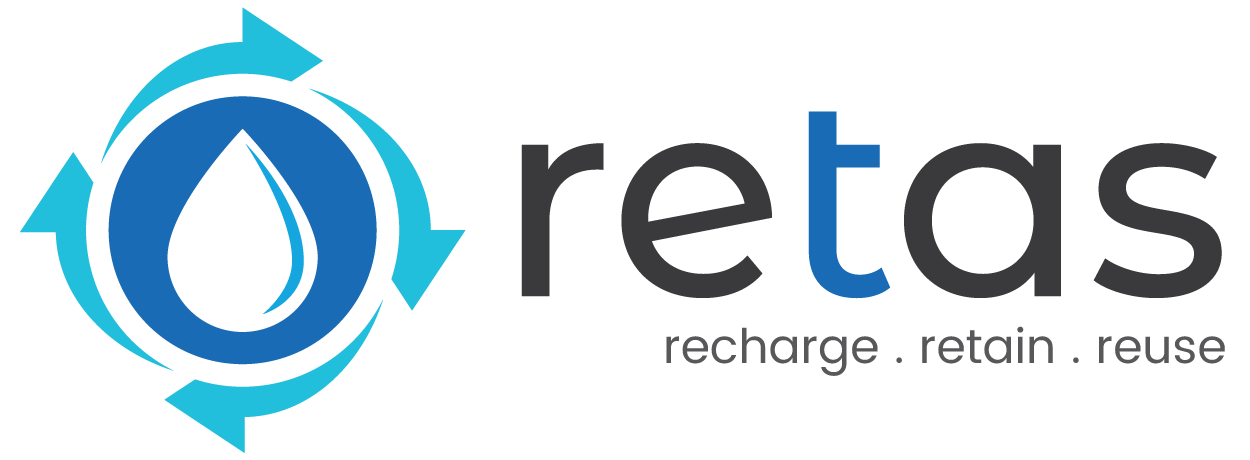Industrial Rainwater Harvesting
Industrial Rainwater Harvesting
In today’s time, conserving water is cited as one of the essential facts in almost every industry. In recent years, one has seen main advancements in water conservation. This gets credited to industrial and inventive approaches. Industry must align with the environmental sector for proper growth. Furthermore, this article will analyze the concept of industrial rainwater harvesting. It will consist of advantages, methods of implementation, and water conservation methods.
Understanding Rainwater Harvesting System
Rainwater harvesting systems allow the collection of rainwater for several purposes. It reduces the dependence on traditional water sources. It works as a typical system for components like rooftops, gutters, downpipes, filters, and storage.
There are different types of rainwater gathering systems like direct and seawater harvesting systems. Plus, it depends upon different types of specific requirements.
Advantages of Industrial Rainwater Harvesting
Environmental Benefits-
Industrial rainwater harvesting is equipped with environmental advantages linked to it. With rainwater harvesting, businesses can reduce the burden on municipal water supplies. It promotes water conservation. It assists in recharging groundwater levels and mitigates the risks of drought. It preserves aquatic ecosystems.
Economic Benefits:
Rainwater harvesting leads to significant cost savings for industries. One can rely upon harvested rainwater for irrigation, reducing the water bills and cooling process.
Apart from it, several regions provide financial incentives or tax benefits to organizations. It supports adequate water management practices.
Social Benefits:
Industrial rainwater harvesting can impact local communities. Plus, it entails industries that can adapt practices including the demand for water deprived from conventional sources.
In addition, it benefits the community by providing enhanced water availability.
Many industries prioritize sustainability which tends to increase their reputation.
Plus, it prioritizes sustainability which tends to increase its reputation and strengthen its relationship with stakeholders.
Implementation of Industrial Rainwater Harvesting
Site Assessment & Design:
A comprehensive site assessment is implemented before rainwater harvesting. The moment when assessment gets completed, then an appropriate system design is developed.
Installation Process:
The installation of a rainwater harvesting system also includes skilled professionals. These professionals include catchment areas, piping, filtration units, storage tanks, and distribution networks. Moreover, the proper installation ensures optimal performance and can easily maximize the efficiency of the system.
Maintenance & Upkeep:
Regular maintenance is essential in preserving the rainwater harvesting system in adequate condition. It includes periodic inspection, cleaning of filters, and maintenance of tanks. It also prevents clogging and contamination.
Regulations & Incentives For Industrial Rainwater Harvesting
Governments believe in providing incentives and repayment to businesses that approve rainwater harvesting systems, which foster their implementation.
Case Studies of Successful Implementations
Several industrial facilities have adopted rainwater harvesting systems and reaped the benefits. It includes manufacturing plants, warehouses, and office complexes. It reduces their reliance on potable water which further leads to cost savings and protection of the environment.
Challenges & Solutions Technical Challenges:
Industrial rainwater harvesting consists of technical challenges such as complexity in system design. It also includes the demand for seamless filtration.
Perceptions & Awareness:
Owing to the lack of awareness linked to rainwater harvesting can easily impact its adoption. In addition, one can impart quality education to industries and communities.
Overcoming Barriers
Financial constraints or bureaucratic hurdles can easily discourage businesses from investing in rainwater harvesting. In addition, innovative financing options and streamlined approval processes can remove these difficulties easily.
The Future of Industrial Rainwater Harvesting
Sustainability is a priority for industries and the adoption of rainwater harvesting can grow at a steady rate. In addition, the evolution of advancement in technology embracing supporting policies and incentives brings sustainability.
Conclusion
Industrial rainwater harvesting is a powerful and sustainable solution for addressing water scarcity. It promotes practices within industries and promotes practices within industries. It assists in safeguarding the environment. One can pace ahead toward a greener future and embrace rainwater harvesting. It ensures responsible management of water resources.
FAQS
Is rainwater safe for industrial use?
Rainwater harvested from differently maintained systems can work as a safe option for non-potable industrial use. However, one must undergo appropriate filtration and treatment if required for potable purposes.
Do you think rainwater harvesting benefits smaller industries?
Of course, rainwater harvesting can turn out to be beneficial for industries of all sizes and offer cost savings and environmental benefits irrespective of the scale of operation.
Does rainwater harvesting need a lot of maintenance?
Yes, rainwater harvesting requires a lot of maintenance. This is why proper design and upkeep maintenance requirements can easily turn out to be minimized.
Are there any government incentives for rainwater harvesting?
Yes, several governments and municipalities provide financial incentives, tax breaks, or rebates to encourage the adoption of rainwater harvesting systems.
Can rainwater harvesting help during droughts?
Yes, rainwater harvesting can easily provide a reliable alternative water source during droughts and reduce the strain on conventional water supplies.



